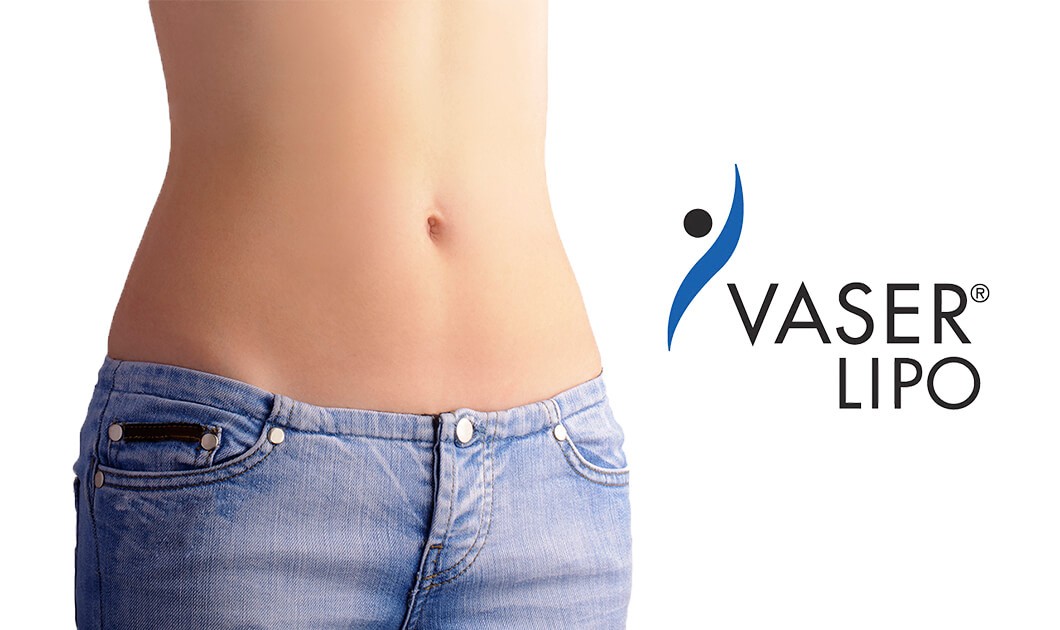VASER liposuction is a body contouring procedure that utilizes ultrasound technology to break down and remove fat cells. VASER liposuction in Riyadh is a popular choice for those seeking a safe and effective way to remove stubborn fat and achieve a sculpted body. Here's a step-by-step breakdown of the process:
1. Consultation and Planning
- Assessment: You'll have a comprehensive consultation with a qualified plastic surgeon. They will assess your areas of concern, discuss your goals, and determine if you're a suitable candidate for VASER liposuction.

- Medical History: Your medical history will be reviewed, including any existing medical conditions or medications you're taking.
- Pre-operative Instructions: You'll receive specific instructions on how to prepare for the procedure, such as avoiding certain medications or supplements.
2. Anesthesia
- Anesthesia Options: The type of anesthesia used will depend on the extent of the procedure and your preferences. Options include:
- Local Anesthesia: This numbs the treatment area, but you'll remain awake during the procedure.
- General Anesthesia: This induces a state of unconsciousness throughout the procedure.
- Anesthesiologist: A qualified anesthesiologist will administer and monitor anesthesia throughout the procedure.
3. Tumescent Fluid Injection
- Tumescent Solution: A special solution containing saline, lidocaine (a local anesthetic), and epinephrine (a medication that constricts blood vessels) is injected into the treatment area.
- Distension: This solution helps to distend the tissues, making it easier to maneuver the cannula and minimize bleeding.
4. Ultrasound Energy Application
- VASER Probe: The surgeon inserts a small probe into the treatment area. This probe emits ultrasound waves that liquefy the fat cells.
- Precise Fat Removal: The ultrasound energy selectively targets fat cells, breaking them down while minimizing damage to surrounding structures like nerves and blood vessels.
5. Fat Removal
- Cannula Insertion: After the fat is liquefied, the surgeon inserts a thin cannula (a hollow tube) into the treatment area.
- Suction: The liquefied fat is then gently suctioned out using a vacuum.
- Sculpting: The surgeon carefully sculpts the treated areas to achieve the desired contours and definition.
6. Closure and Bandaging
- Closure: Once the desired amount of fat has been removed, the small incisions are closed with sutures or medical-grade adhesive.
- Compression Garment: A compression garment is applied to the treated area to minimize swelling, support the tissues, and encourage healing.
7. Recovery
- Post-operative Care: You'll receive specific instructions for post-operative care, including:
- Rest: Rest is essential for the first few days after the procedure.
- Compression Garment: Wear the compression garment as directed by your surgeon.
- Pain Management: Over-the-counter pain medications can help manage any discomfort.
- Swelling and Bruising: Expect some swelling and bruising in the treated areas. These typically subside within a few weeks.
- Follow-up Appointments: You'll have follow-up appointments with your surgeon to monitor your progress and address any concerns.
Key Points:
- Minimally Invasive: VASER liposuction is considered minimally invasive compared to traditional liposuction techniques.
- Reduced Trauma: The use of ultrasound technology minimizes trauma to surrounding tissues, resulting in faster recovery times and less discomfort.
- Improved Results: VASER liposuction often results in more precise fat removal, improved skin tightening, and more natural-looking contours.
Important Note: This is a general overview of the VASER liposuction procedure. The specific steps and techniques may vary depending on the individual patient and the treatment area. It's essential to discuss the procedure in detail with a qualified plastic surgeon during your consultation.
Disclaimer: This information is for general knowledge and informational purposes only and does not constitute medical advice. Always consult with a qualified healthcare professional for any health concerns or before making any decisions regarding your health or treatment.




Comments